Best Practices for Operating Semi-Automatic Weight Machines Safely
Introduction
Semi-automatic weight machines offer significant benefits in industrial settings, automating repetitive tasks and improving efficiency. However, operating these machines safely is paramount to prevent accidents and injuries. To ensure a safe work environment, it is essential to adhere to established best practices for operating semi-automatic weight machines.
Pre-Operation Safety Measures
Inspect Equipment Before Use
Before operating the machine, conduct a thorough inspection to identify potential hazards. Check for loose connections, damaged parts, and any signs of wear or malfunction. Ensure the machine is properly lubricated and that all safety guards are in place and functioning correctly.
Clear the Work Area
Remove any obstacles or debris from the work area to prevent tripping or other accidents. Ensure there is ample space around the machine to allow for safe operation and unobstructed movement.
Wear Appropriate Safety Gear
Wear proper personal protective equipment (PPE), including safety glasses, gloves, and sturdy footwear. PPE protects against flying debris, potential contact with moving parts, and minimizes the risk of slipping.
Operation Safety Procedures
Follow Established Protocols
Operate the machine according to the manufacturer’s instructions and established protocols. Avoid shortcuts or deviations from standard operating procedures (SOPs) to prevent errors or hazardous situations.
Maintain a Safe Distance
Maintain a safe distance from moving parts and pinch points. Never reach into the machine while it is operating. Use designated tools or controls to adjust or interact with the machine.
Be Attentive and Focused
Pay close attention to the machine’s operation and be alert to any unusual noises or vibrations. Interruptions or distractions can lead to accidents. Stay focused on the task at hand and avoid engaging in other activities while operating the machine.
Post-Operation Safety Checks
De-Energize the Machine
After completing the operation, turn off and de-energize the machine according to established procedures. Disconnect the power source and allow the machine to cool down completely before performing maintenance or repairs.
Clean and Inspect
Clean the machine thoroughly to remove any debris or contaminants. Inspect for any damage or wear that may have occurred during operation. Report any detected issues to the maintenance team for prompt repair or replacement.
Secure the Machine
Ensure the machine is properly secured when not in use. Lock out and tag out the power source to prevent unauthorized access or inadvertent operation.
Operating semi-automatic weight machines safely requires adherence to established best practices. By following these guidelines, organizations can create a secure work environment, minimize accidents and injuries, and optimize the efficiency and productivity of their operations. Regular training, supervision, and diligent enforcement of safety protocols are crucial for maintaining a safe work environment for all employees.
-
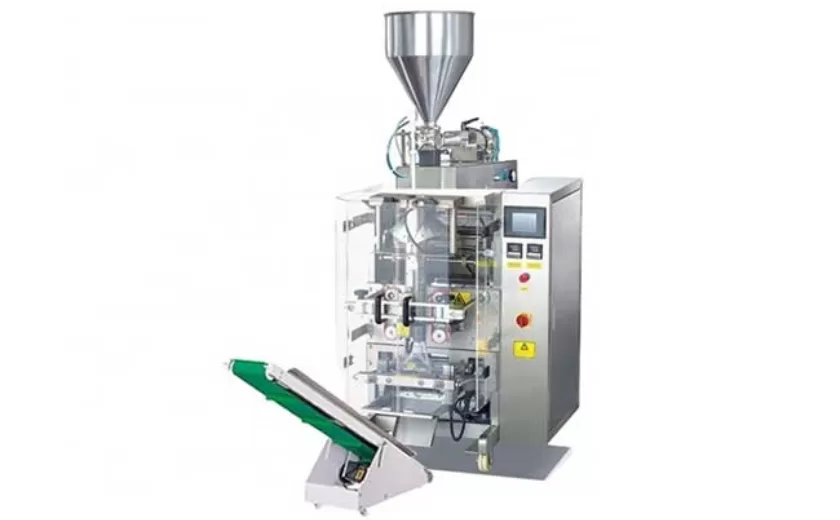
Advanced Packing Solutions: Snacks, Sugar, and Frozen Food Machines
29-10-2025 -
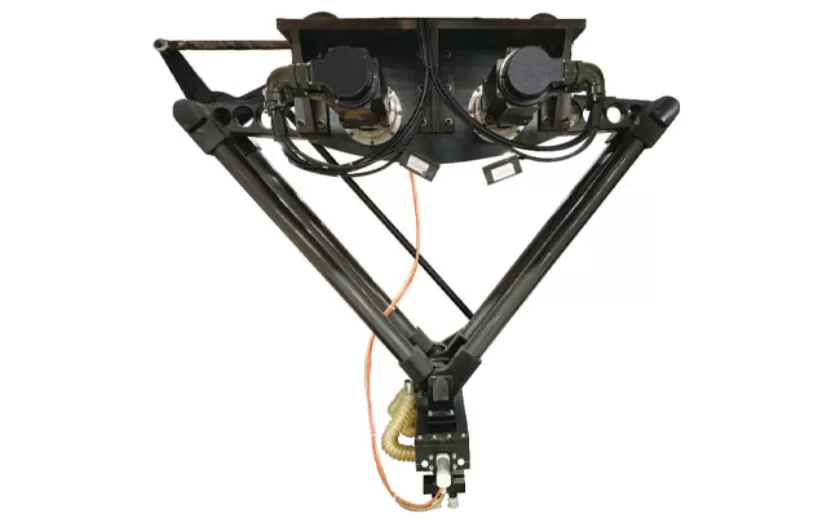
Efficient and Reliable Solutions for Salt, Nuts, and Frozen Dumplings Packing
29-10-2025 -
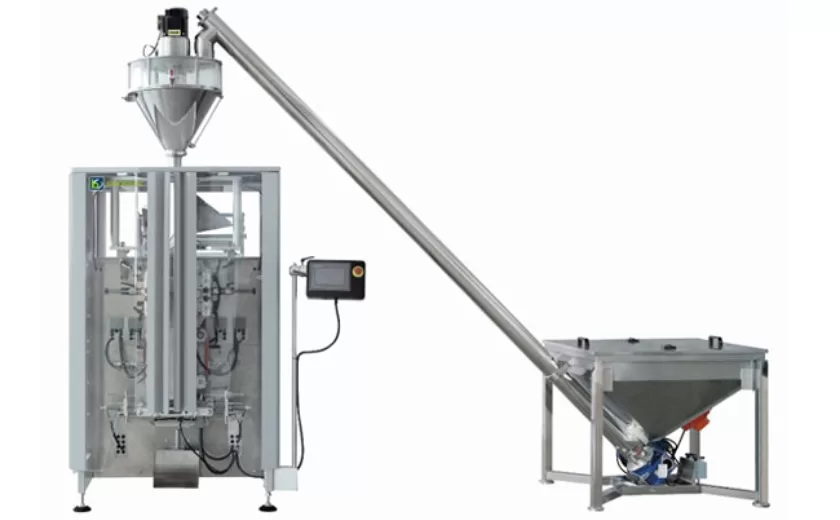
High-Performance Biscuits, Lollipop, and Ketchup Packing Machines for Modern Food Production
29-10-2025 -

Efficient Liquid Filling and Packing Machines for Modern Production
23-10-2025 -
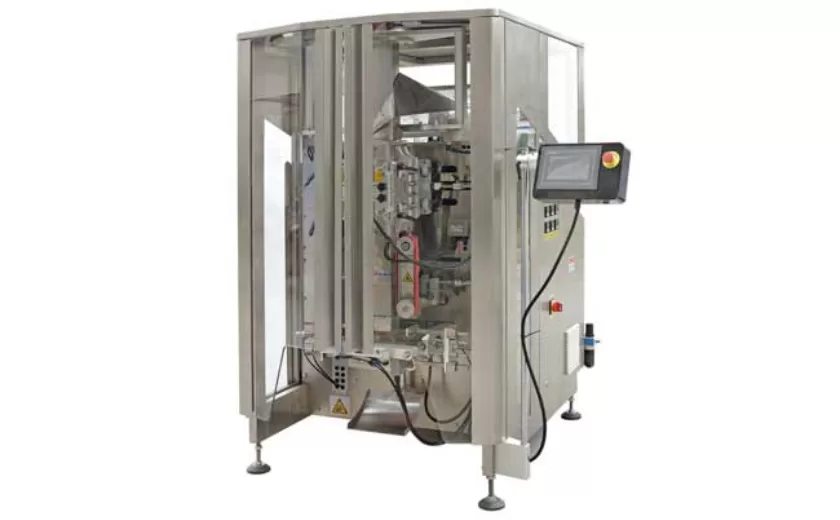
Reliable Granule Packaging Machines for Efficient Production
23-10-2025 -

Efficient Auger Powder Filling Machines for Accurate Packaging
23-10-2025 -

High-Performance Liquid Filling and Packing Machines for Hygienic Production
10-10-2025 -

High-Efficiency Granule Packaging Machines for Precision and Speed
10-10-2025 -

High-Precision Auger Type Powder Filling Machines for Efficient Packaging
10-10-2025 -
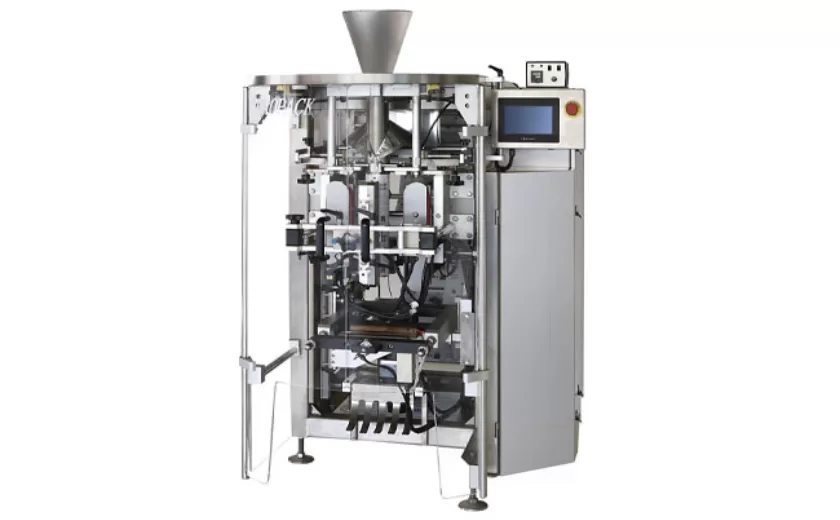
Efficient Vertical Form Fill Seal Packaging Machines for Smart Production
10-10-2025





